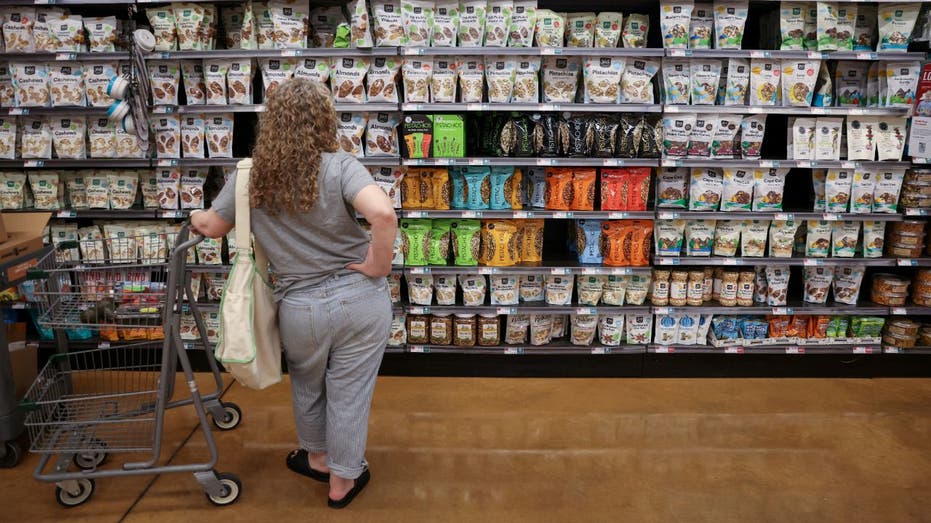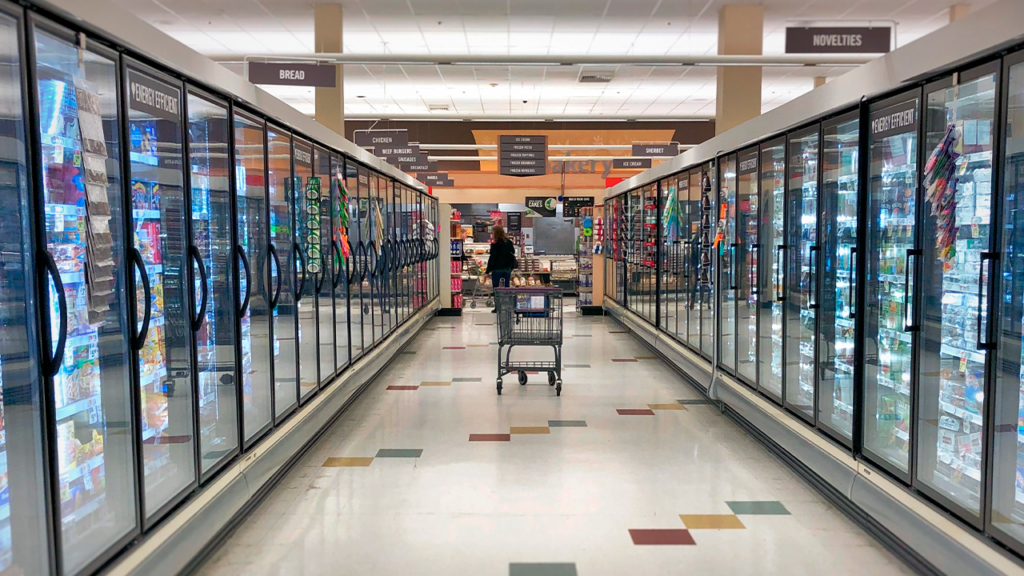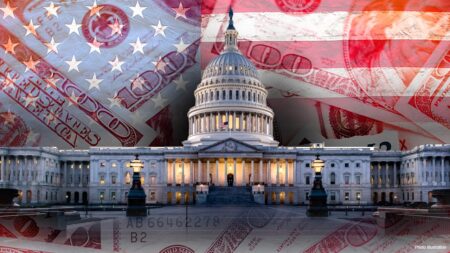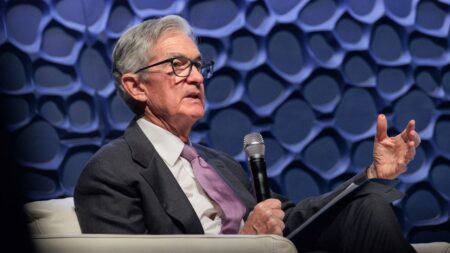The vast majority of middle-income Americans say they are struggling to keep up financially after years of elevated inflation in the U.S., with two-thirds reporting they feel they are falling behind due to the high cost of living.
That’s according to Primerica’s Financial Security Monitor (FSM) survey for the second quarter of 2024, which polled more than 1,000 U.S. adults with incomes between $30,000 and $130,000.
Sixty-six percent of the respondents surveyed between June 8 through 11 said their income was falling behind their cost of living, and 48% said they were either cutting costs or quit saving altogether in order to make ends meet.
The data is consistent with separate recent findings published by the National True Cost of Living Coalition, which showed that 65% of Americans whose incomes are 200% above the national poverty line – which is about $62,300 for a family of four, often considered middle class – said they are struggling financially.
HOW IT STARTED… HOW IT’S GOING: JULY 4 BBQ COSTS FLARE UP UNDER BIDEN
Primerica’s analysis pointed to “a major shift in spending and saving habits among middle-income families,” finding that 80% of households are preparing more meals at home rather than eating meals at restaurants or ordering take-out over the past year.
The top reason cited for scaling back on dining out was budget concerns, with 72% stating it was a primary factor for their decision. Sixty-two percent of respondents said they made the move due to “unreasonably high” restaurant prices.
“Middle-income families are continuing to make adjustments in their budgets in an attempt to manage the ongoing high cost of living,” said Glenn Williams, CEO of Primerica. “Unfortunately, their difficult decisions include the increasing use of credit cards and scaling back saving for the future, which both could negatively impact their long-term financial condition.”
HOUSING AFFORDABILITY IS AT THE LOWEST LEVEL SINCE 2007
Most households have seen their monthly expenses rise as the result of the ongoing inflation crisis. Although the consumer price index has fallen from a peak of 9.1%, it remains notably higher than pre-pandemic levels. And when compared with January 2021, before prices began to spike, inflation is up more than 18%.

Grocery prices are up more than 21% from the start of 2021, and shelter costs are up 18.37%, according to FOX Business calculations. Energy prices are up 38.4.%.
The typical U.S. household needed to pay $227 more a month in March to purchase the same goods and services it did one year ago because of still-high inflation. Americans are paying on average $784 more each month compared with the same time two years ago and $1,069 more compared with three years ago.
Meanwhile, real wages – when factoring in inflation – are down 2.2% from January 2021 to May 2024.
FOX Business’ Megan Henney contributed to this report.
Read the full article here











